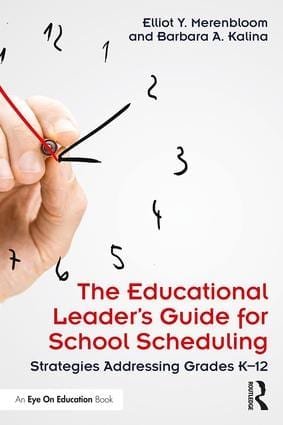Enhancing Student Achievement in PK-5 or 6, PK-8, Middle and High Schools
Our focus is to help schools and districts realize their objectives and overcome today’s challenges in educating our nation’s youth. Using innovative and adaptive master scheduling techniques, we break down problems and successfully design effective solutions. We collaborate with invested people in your schools and districts to create and deliver the necessary education for your students. We recognize that ultimately scheduling implementation is achieved by professionals committed to their communities and passion for the teaching/learning process.
When thinking about the 2024-2025 school year, consider:

- Career Pathways
- Opportunities for Intervention
- Extended Time Periods
- Common Planning Time
- Freshman Academy
- Offering Electives on an Alternate Year Basis
Recent Blog Articles
Unique Features of Merenbloom Schedules
- Intervention
- Common Planning Time
- Analyzing FTE Distribution
- Flexible Scheduling
- Block Scheduling
- Double Reading / Language Arts Period
- Double Math Period
- Integrate English and Social Studies courses
- Integrate Math, Science and STEM courses
- Advisory / Mentoring / SEL
- Rotating Schedules
- Unit Lunch
- Credit Recovery
- Advisory / Mentoring / SEL
- Staff Reduction
Read Our Newest Book
The Educational Leader’s Guide for School Scheduling: Strategies Addressing Grades K-12 is the first publication to address creative scheduling at all levels: K-5 or 6, K-8, middle, and high schools.
This essential resource provides strategies for the effective and equitable distribution of available FTEs throughout the district, while helping you work through the many critical questions and decisions involved in the scheduling process.

